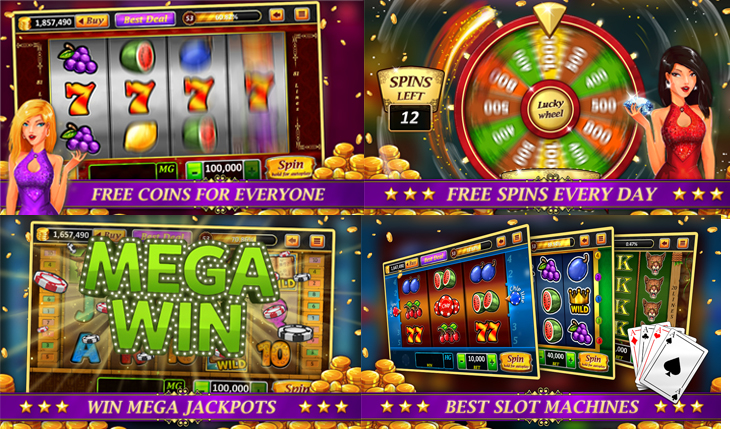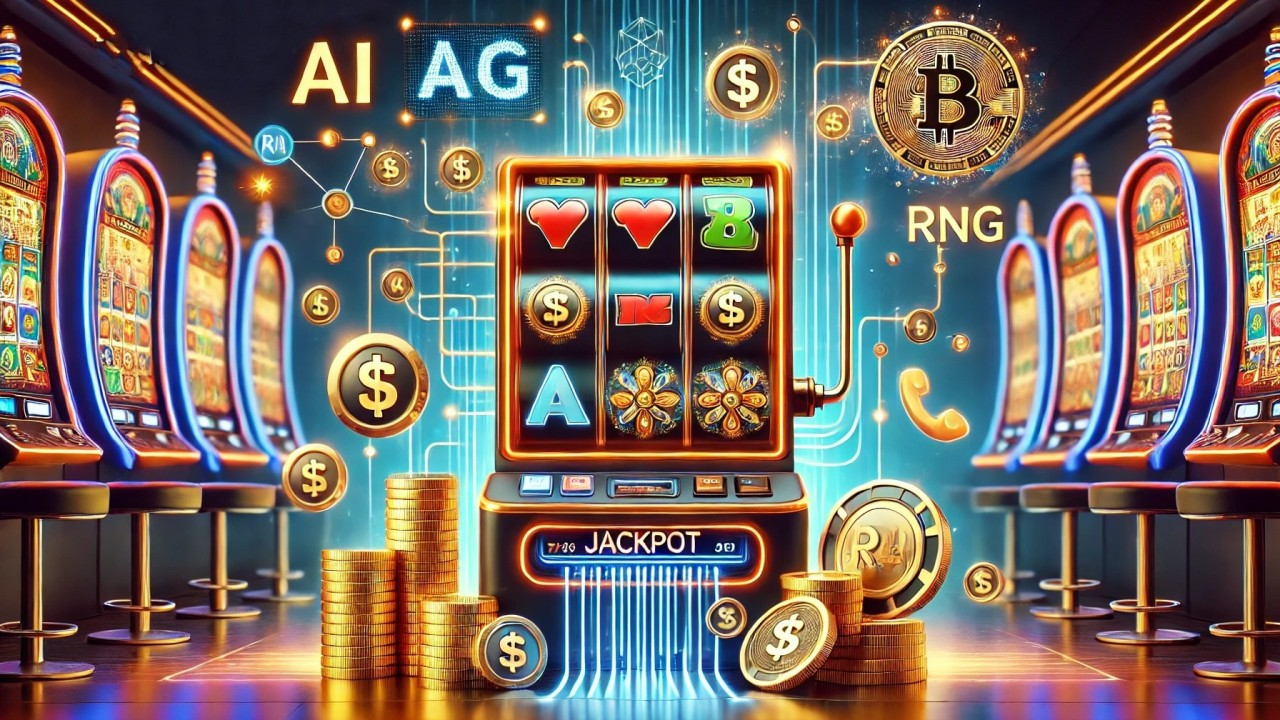Online gaming has become a global phenomenon, providing a platform not just for competition, but for social interaction, creative expression, and community building. As gaming continues to evolve, it’s no longer just about playing solo or with a few friends—it’s about engaging with massive communities that span continents Hoki805. The way players interact in virtual worlds has drastically transformed over the past two decades, bringing together millions of people with diverse backgrounds and interests. This article explores how online gaming has become a hub for social interaction, creating unique experiences that transcend the traditional boundaries of entertainment.
The Early Days: Simple Multiplayer Connections
In the early stages of online gaming, multiplayer features were a revolutionary addition to video games. Titles like Quake, StarCraft, and Warcraft allowed players to connect over dial-up modems, marking the beginning of a new era of gaming. While the primary focus was on competitive play, the concept of online communication was born through in-game chat and simple forums. These interactions were basic, but they set the foundation for the deeper social connections that would later define online gaming communities.
The Rise of Virtual Worlds: MMORPGs and Social Platforms
The true transformation in social interaction came with the rise of massively multiplayer online role-playing games (MMORPGs). Titles like World of Warcraft, EVE Online, and Guild Wars introduced immersive virtual worlds where players could interact in real time. These games not only allowed players to team up for raids or PvP battles, but also created opportunities for socializing, guild management, and event coordination.
Guilds and clans became central to these communities, serving as the backbone for social engagement. Players would spend hours chatting, strategizing, and forming lasting friendships. Over time, these digital communities began to mirror real-world social structures, with players creating bonds based on shared goals, interests, and personalities. Friendships formed in these virtual environments often spilled over into real life, with many players meeting offline at conventions or organizing in-person gatherings.
Social Platforms and Streaming: Beyond the Game Itself
With the advent of live streaming platforms like Twitch and YouTube, online gaming became even more social. Gamers weren’t just playing games—they were sharing their experiences with global audiences. Viewers could interact with streamers through chat, creating an instant feedback loop. Communities began to form around individual streamers, fostering a sense of belonging and connection.
This new wave of social gaming expanded the scope of interaction beyond just playing with others. Now, players could follow their favorite content creators, participate in live events, and even influence the direction of games through community-driven initiatives. This added layer of engagement transformed gaming into a form of entertainment where the audience and the creators could collaborate in real time, further blurring the lines between content creation and consumption.
The Influence of Social Media: Networking and Support
Social media platforms like Twitter, Discord, and Facebook have further enhanced the social fabric of online gaming. Discord, in particular, has become a central hub for gamers, offering spaces for discussion, voice chat, and file sharing. Players use these platforms not just for coordinating gameplay but for forging friendships, seeking advice, and providing emotional support. The rise of “gaming influencers” has also contributed to the creation of niche communities centered around specific games or playstyles, where fans can share strategies, art, memes, and experiences.
In these spaces, gaming has become a social experience that goes beyond the game itself. Players form relationships and develop identities within these virtual spaces, creating networks that often extend beyond gaming into other areas of life. Whether it’s joining a friend’s guild, participating in a charity event, or simply chatting about the latest patch notes, these communities help foster a sense of connection that might be absent from the real world.

